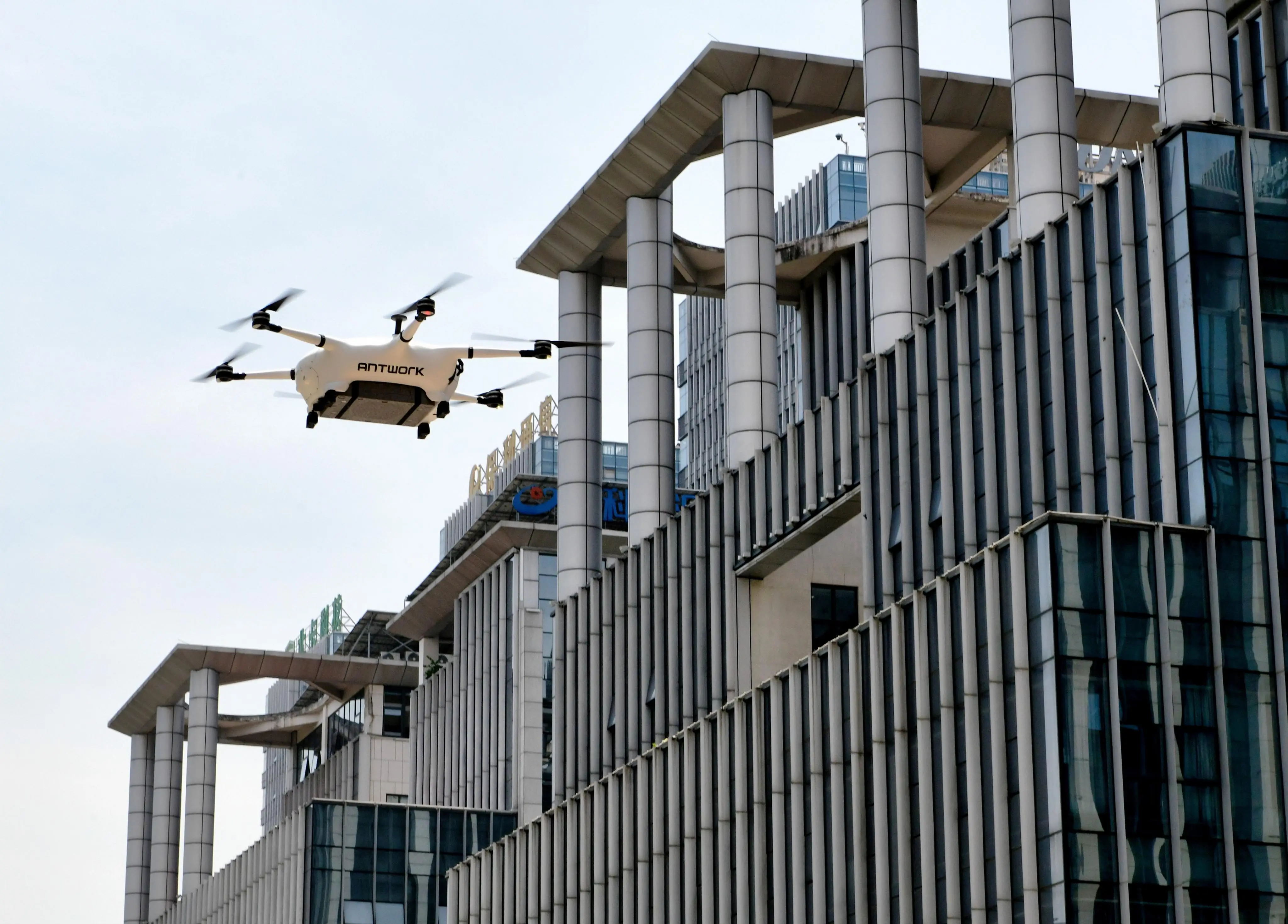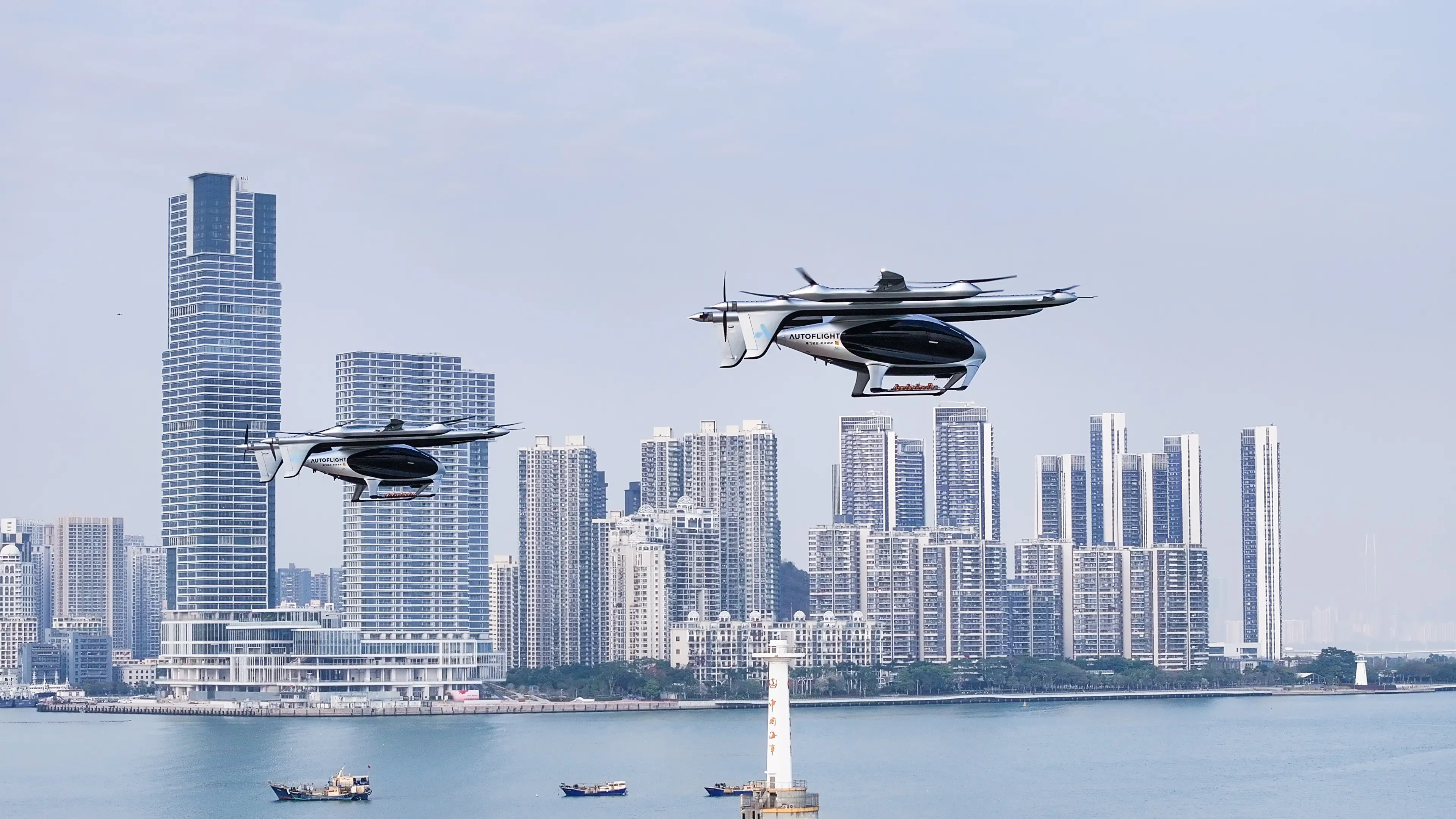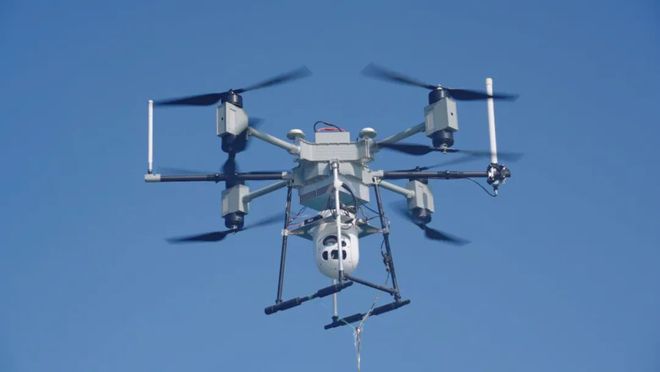
According to foreign media reports, the UK is developing a revolutionary super unmanned aerial vehicle that can exceed the speed of sound, has a single wing stealth design that can easily escape radar searches, and can also choose targets for attack on its own. This new type of unmanned aerial vehicle is named after the Celtic mythological thunder god "Taranis" and is expected to make its first flight in the coming weeks, and is likely to be used in the war against terrorism. However, experts warn that the emergence of such fighter jets may trigger nightmares of robots waging war against humans.
British military officials believe that the breakthrough technology of the Taranis fighter jet will usher in a new era, with a new type of aircraft carrying super firepower that can fly from the UK to launch attacks around the world. However, the development of new fighter jets has also sparked controversy because they are automatically controlled by computer systems, and their target aiming and attack processes do not require manual operation. Experts warn that the fighter jet may trigger a war between robots and humans, and call for a global ban on the development of this intelligent control technology.
The existing drones in the UK are remotely commanded by ground crew, but Taranis will use its own computer for route design, navigation, threat avoidance, and target confirmation. It is only authorized by human operators when it needs to attack targets. Professor Noel Sharkey, a robotics engineer specializing in autonomous military systems at the University of Sheffield, said: 'This is a very dangerous move. Once it is successfully developed, no one can predict what those who acquire this technology will do.' Last week, British Prime Minister David Cameron warned that counter-terrorism operations in North Africa could last for decades, which means that the fighter jet is likely to play an important role in the region's warfare.
After a recent United Nations investigation was launched, the use of the new fighter jet has once again sparked controversy. The survey aims to understand the causes of casualties caused by a conventional drone strike. The British drones are currently only deployed in Afghanistan for combat against the Taliban. However, the development of US military technology has sparked a drone race. In order to compete with it, the UK government has promised that the flight range of the new generation of unmanned aerial vehicles will exceed 2000 miles (about 3200 kilometers).
According to sources from the UK Ministry of Defense, the delay in the long-range maiden flight of Taranis is not only due to technical reasons, but also due to restrictions imposed by UK aviation safety laws on drone flights within the country. But the person also added that this unmanned aerial vehicle, weighing 8 tons and equivalent in size to the Royal Air Force Eagle trainer aircraft, will conduct its first flight in Australia in the coming weeks, and the senior management of the Ministry of Defense will conduct a closer inspection of its research and development progress.
Taranis is a conceptual prototype, actually just a test version of an intercontinental fighter jet. With the rapid development of unmanned aerial vehicles, it won't be long before humans are excluded from the command system, "said Professor Noel Sharkey." For humans, controlling these high-speed flying machines will be very difficult. It may lead us into uncontrollable passivity. This is also why a global ban on intelligent drones is needed before the number of drones expands
However, the UK Ministry of Defence stated that in the design, whether the fighter jet will ultimately fire or not will be determined by humans; Moreover, the significance of "Taranis" lies more in deterrence, and it is too early to discuss the role it will play. This super drone was developed by BAE Systems in the UK, initially stemming from a decision made by the UK Ministry of Defence in 2006. Using modified Rolls Royce jet engines, the performance of this unmanned aerial vehicle will be higher than the models currently used by the US military.
In 2010, the design of this fighter jet made its debut in Lancashire. According to BAE Systems, the Taranis is an autonomous stealth unmanned combat aircraft capable of precise target strikes on another continent. Taranis is a groundbreaking project that reflects our country's highest level of design and technological capabilities, and is also at the forefront of the world stage, "said an official from the UK Department of Defense." Unmanned aerial vehicles play an important role in military operations, reducing the risks faced by frontline troops. In the upcoming tests, Taranis will provide more information on the potential power of unmanned aerial combat systems




